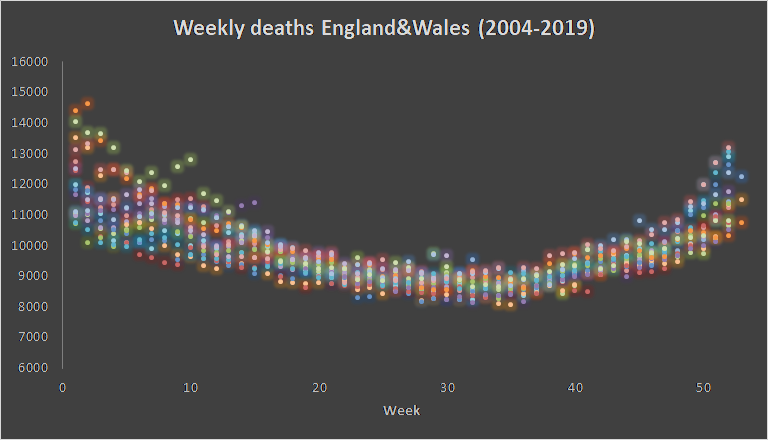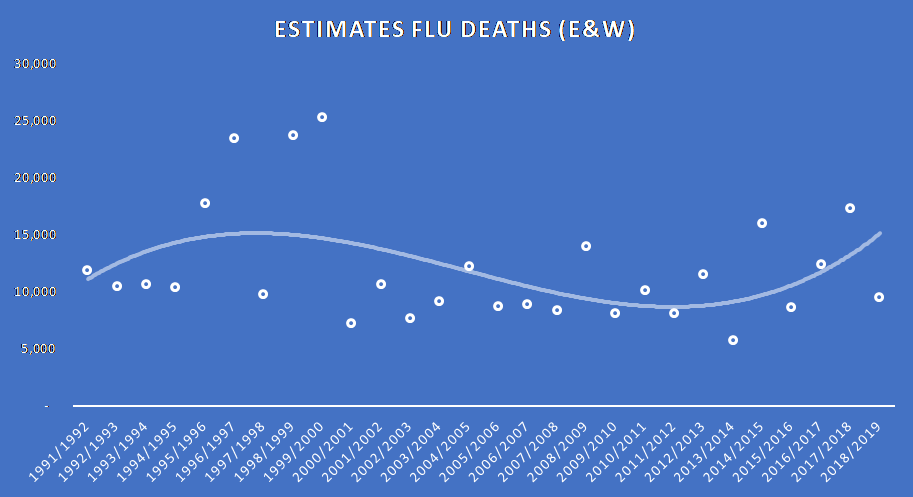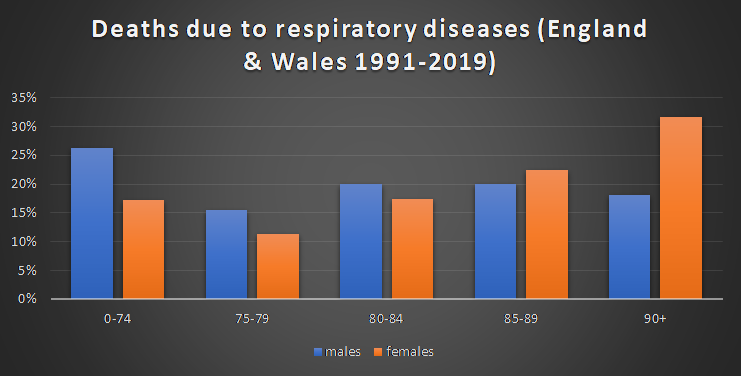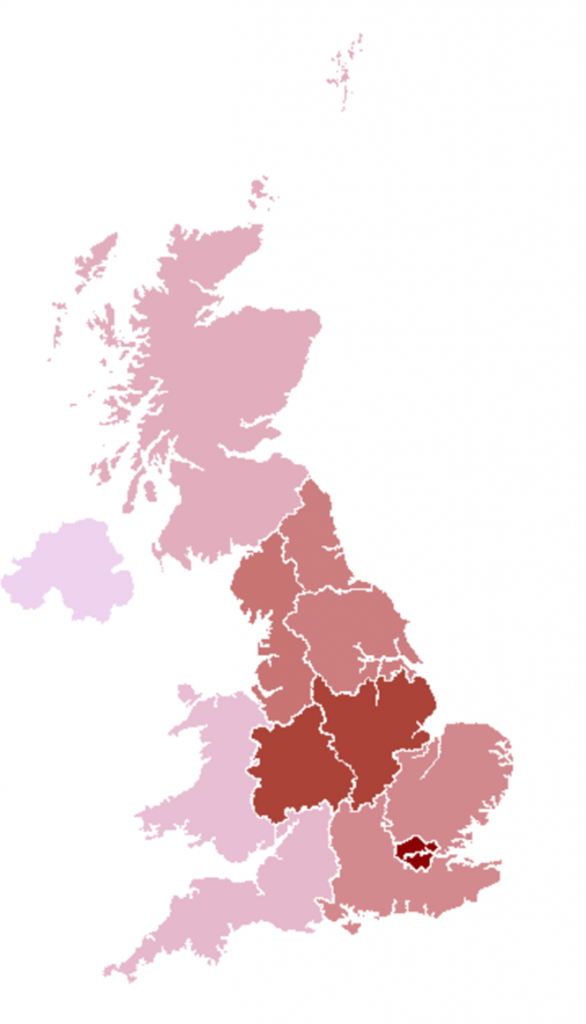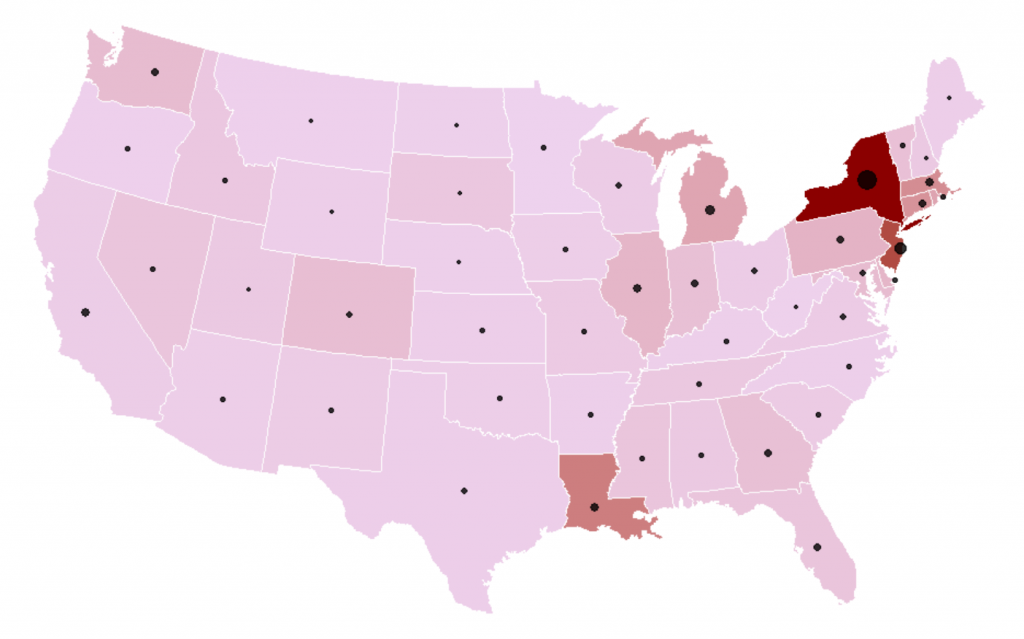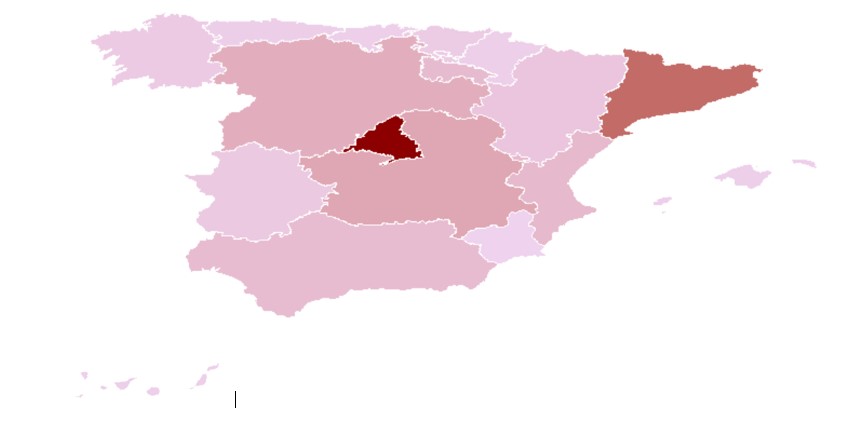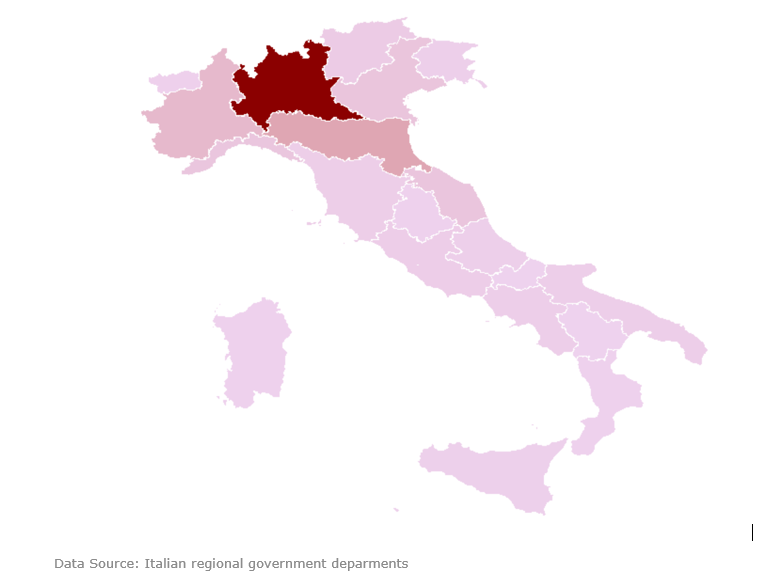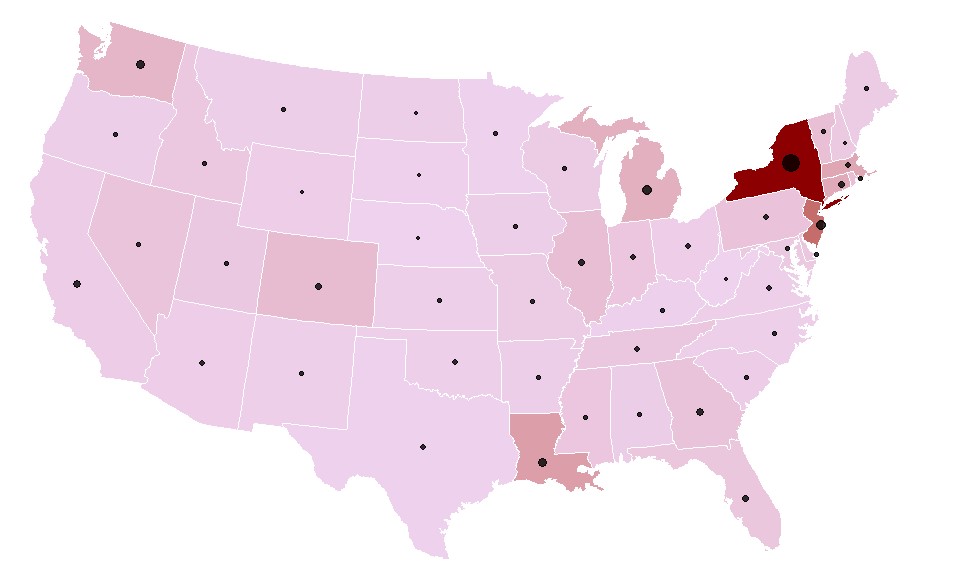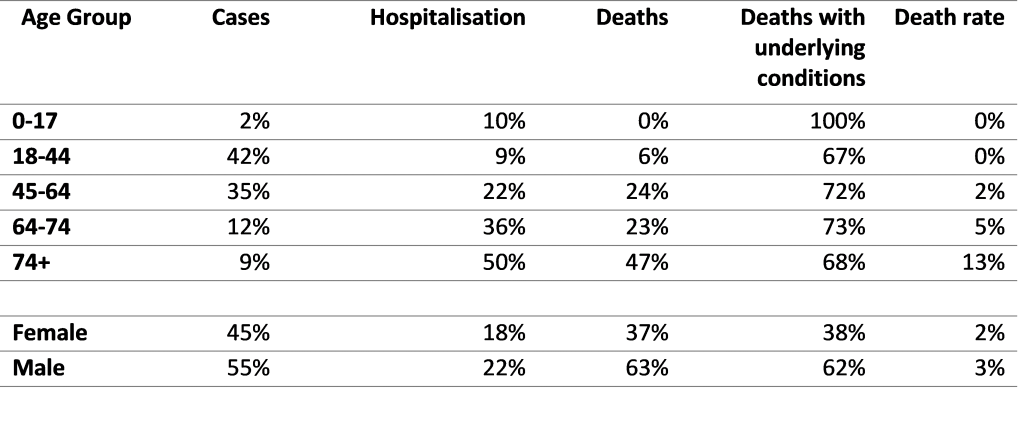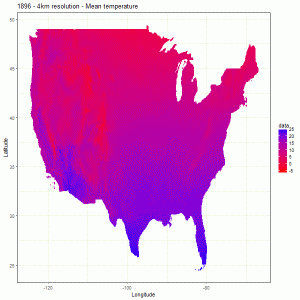The New Global Industrial Order
The data and analytics used in this article is provided by Peraspera, a firm specialising in data collection and analysis
The Fortune Global 500 firms are the world largest Multinational Enterprises by revenue. Out of a total population of some 55,000 MNEs, these 500 firms dominate the global business landscape in foreign direct investment (FDI) and international trade; they account for approximately 90% of all FDI and over 50% of all international trade globally. The overwhelming lions-share of cross-border economic activity are conducted by and within Fortune Global 500 MNEs.
Given the sheer global scale of Fortune Global 500 MNEs, we should take these firms more seriously. First, they are pre-eminent drivers of globalisation whose influence will likely expand (exponentially at times) rather than diminish. Second, Fortune Global 500 MNEs, possess the largest and most extensive international operations, and their practice of successful global strategies and performance will be widely relevant across industries and geographies. Third, and importantly, the make-up of this important group of firms will determine the future power bases of the global economy and globalisation.
In this briefing, we explore the top 10 Fortune Global 500 MNEs over the period 2001-2019, and develop an emergent theme in the new global industrial order. Primarily, Asian firms now dominate the top 10 Global Fortune 500 List. There are now more Asian than US firms in the top 10, with Chinese firms now the largest national group. Big Oil is now more dominant while auto manufacturers have lost considerable ground.
Jostling for Position at the Top
Let’s look at the top 10 companies in the world in 2001 based on total revenue.
| Rank 2001 | Company | Region | Industry |
| 1 | Exxon Mobil Corporation | US | Oil |
| 2 | Wal-Mart Stores, Inc. | US | Diversified Retail |
| 3 | General Motors Corporation | US | Auto manufacturer |
| 4 | Ford Motor Company | US | Auto manufacturer |
| 5 | DaimlerChrysler AG | Germany | Auto manufacturer |
| 6 | Royal Dutch/Shell Group | Dutch/UK | Oil |
| 7 | BP | UK | Oil |
| 8 | General Electric Company | US | Diversified Industrial |
| 9 | Mitsubishi Corporation | Japan | Auto manufacturer |
| 10 | Toyota Motor Corporation | Japan | Auto manufacturer |
Here are some interesting facts about these top companies in 2001:
- 5 US firms in top 10.
- 8 Western firms in top 10 in 2001; 2 non-Western (Toyota and Mitsubishi).
- No Chinese firms in the top 10
- 3 oil firms out of top 10
- 5 auto manufacturers (2 US; 1 EU; 2 Asian)
- General Electric and Walmart outsiders as diversified industrial and retail respectively.
Now let’s look at the top 10 companies in the world in 2019
| Rank 2019 | Company | Region | Industry |
| 1 | Wal-Mart Stores, Inc. | US | Diversified Retail |
| 2 | Sinopec Group | China | Oil |
| 3 | Royal Dutch/Shell Group | Dutch/UK | Oil |
| 4 | China National Petroleum | China | Oil |
| 5 | State Grid | China | Utility |
| 6 | Saudi Aramco | Saudi | Oil |
| 7 | BP | UK | Oil |
| 8 | Exxon Mobil Corporation | US | Oil |
| 9 | Volkswagen AG | Germany | Auto manufacturer |
| 10 | Toyota Motor Corporation | Japan | Auto manufacturer |
Here are some interesting facts about these top companies in 2019:
- Only 2 of the top 10 are US (compared to 5 in 2001)
- 3 Chinese firms in top 10 (compared to none in 2001)
- 5 Western firms in top 10 in 2019. (compared to 8 in 2001).
- 6 of top 10 are oil (compared to 3 in 2001)
- Only 2 auto (VW and Toyota) no US autos in top 10 (compared to 5 in 2001)
- Walmart has consistently been top 3 (placed no 1 in 13 out of the last 19 years)
So what’s happened since 2001 ?
1. China has established itself at the top
The data shows that in the first two decades of this century, China has significantly reduced US dominance. Chinese growth over this period has been astonishing given that there was no Chinese firm even in the top 50 in 2001.
2. Auto manufacturers have lost ground
Big Oil has become more dominant over this period while auto manufacturers have lost considerable ground. Only Toyota has managed to retain its position in the top 10 even as Mitsubishi, the other top-ranked Japanese auto manufacturer has lost more than 100 places over this period. The US auto manufacturers have also suffered considerably during this period. Here’s a look at how swiftly auto manufacturers have lost ground over this period.
| Company | 2001-rank | 2019-rank |
| General Motors Corporation | 3 | 32 |
| Ford Motor Company | 4 | 30 |
| DaimlerChrysler AG | 5 | 18 |
| General Electric Company | 8 | 48 |
| Mitsubishi Corporation | 9 | 100+ |
3. Walmart still at the top, but General Electric fades
Walmart as an outsider has done very well during this period and improved its already stellar ranking. However General Electric the other outsider has not managed to do very well and is now a shadow of its former self.
9,743 total views
